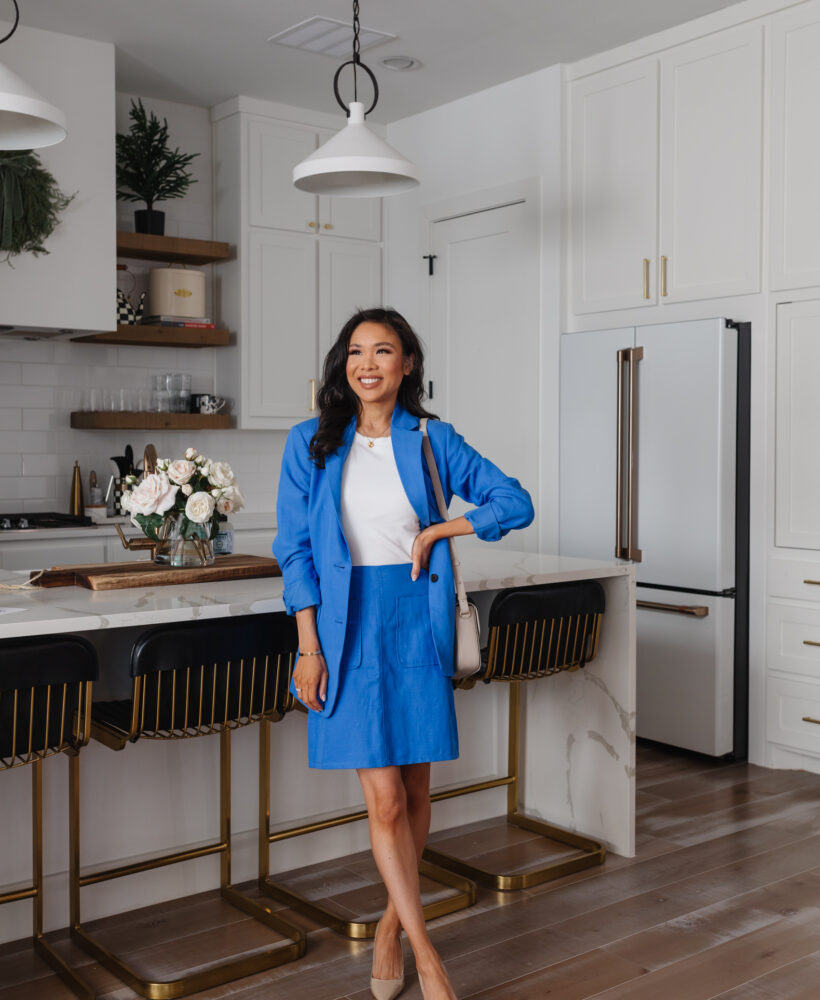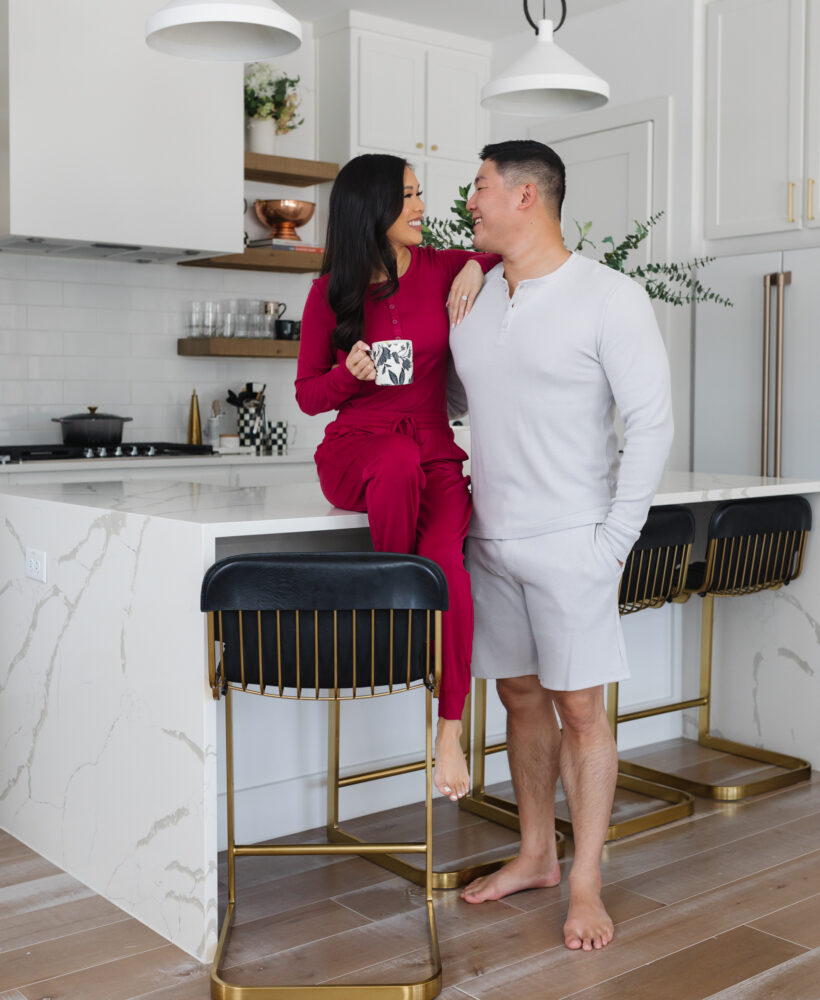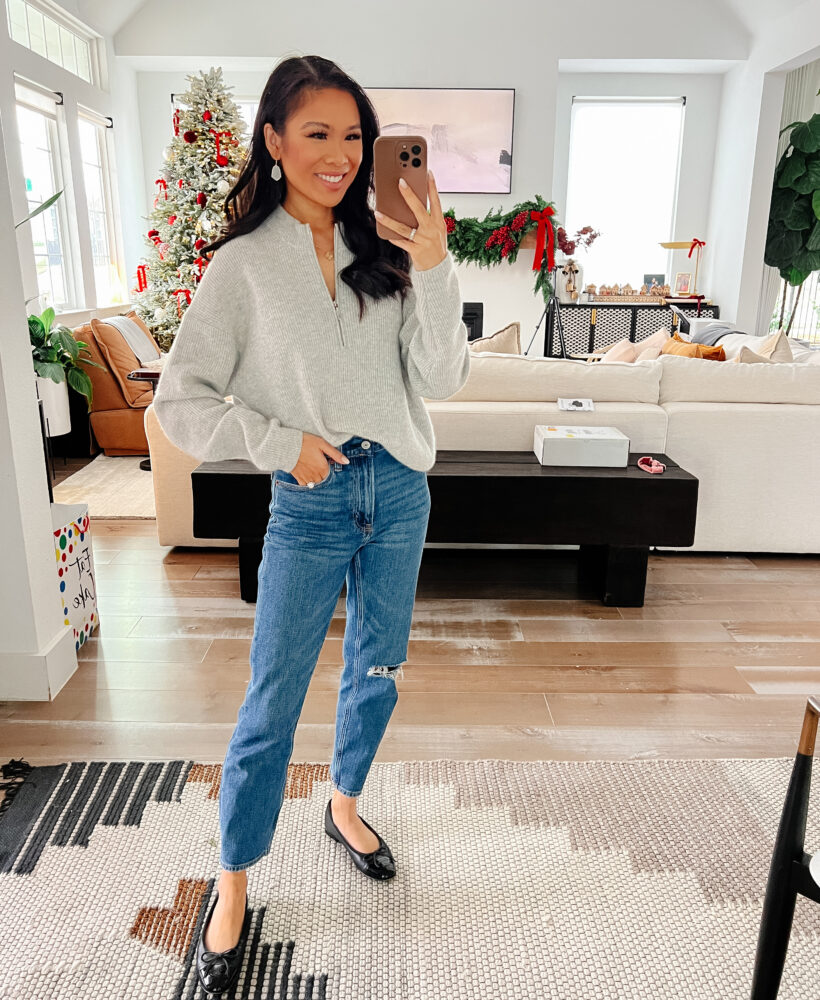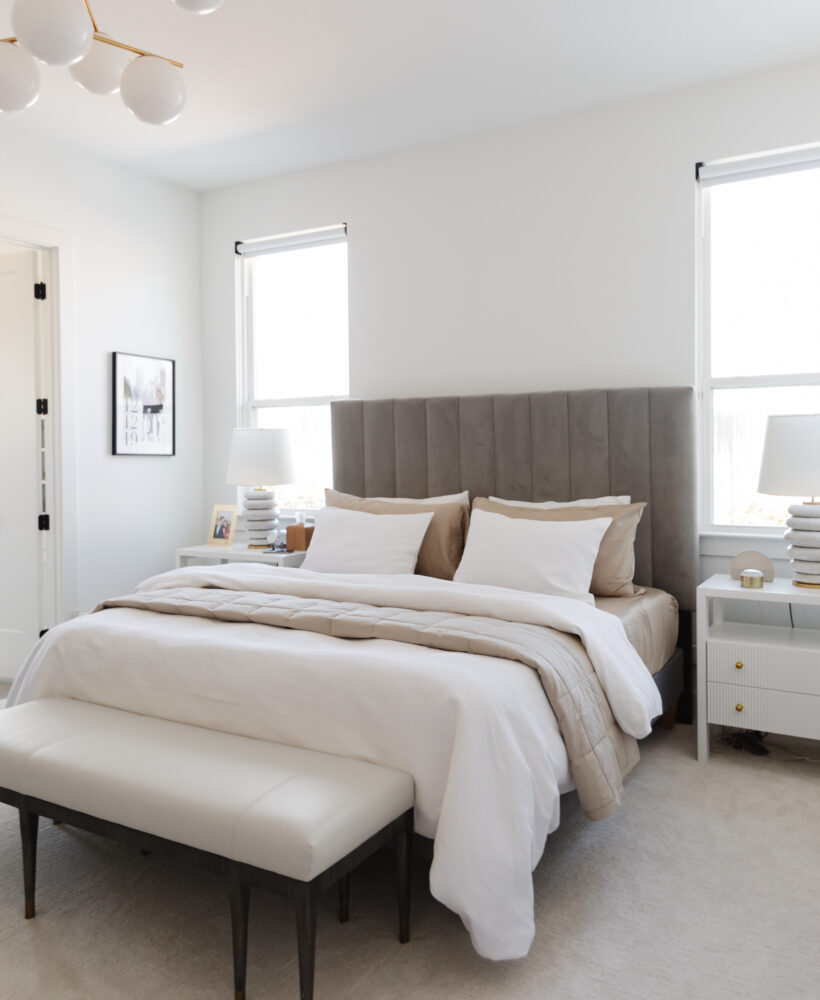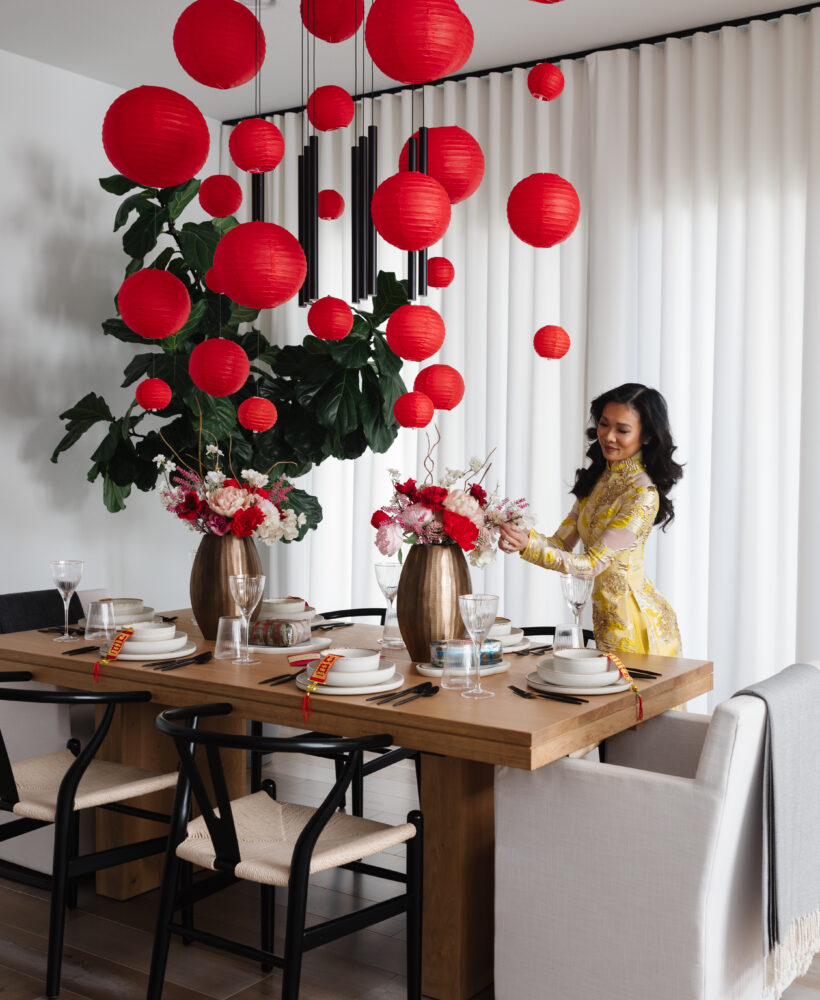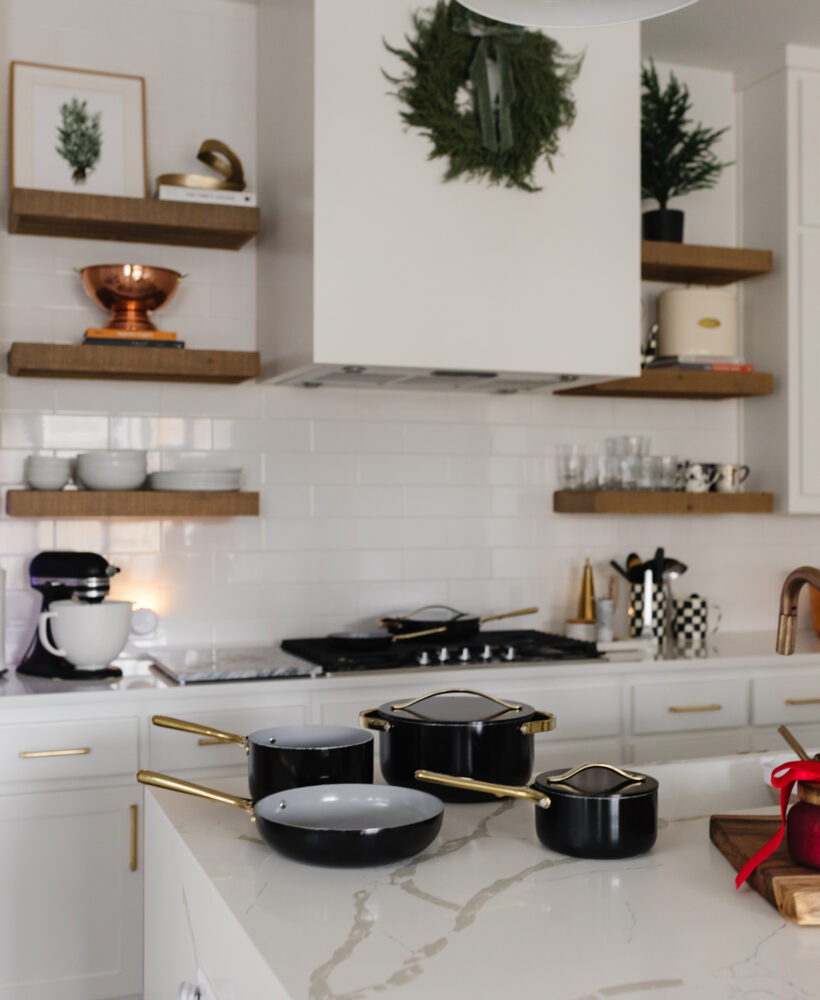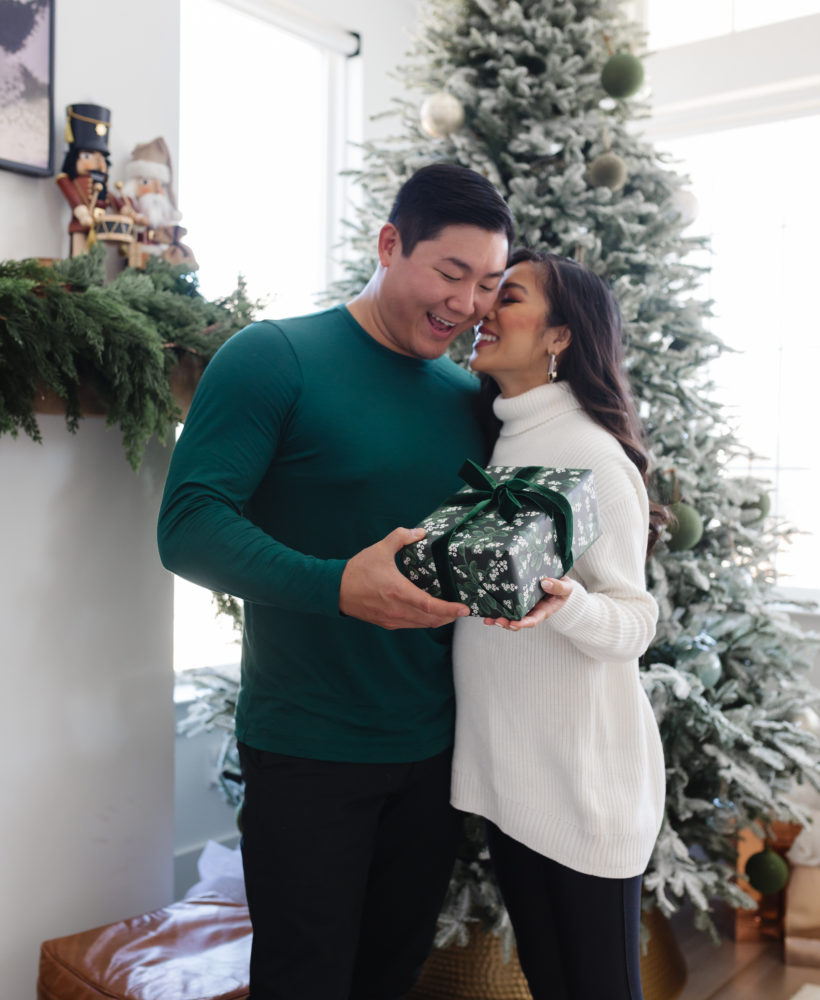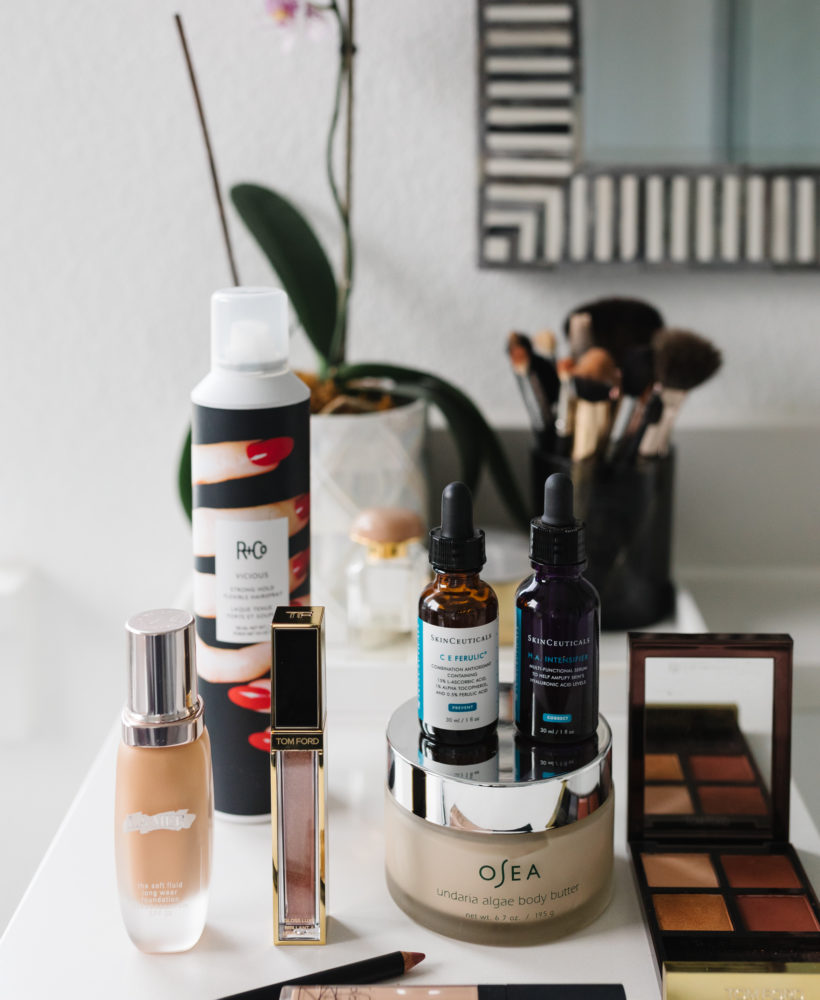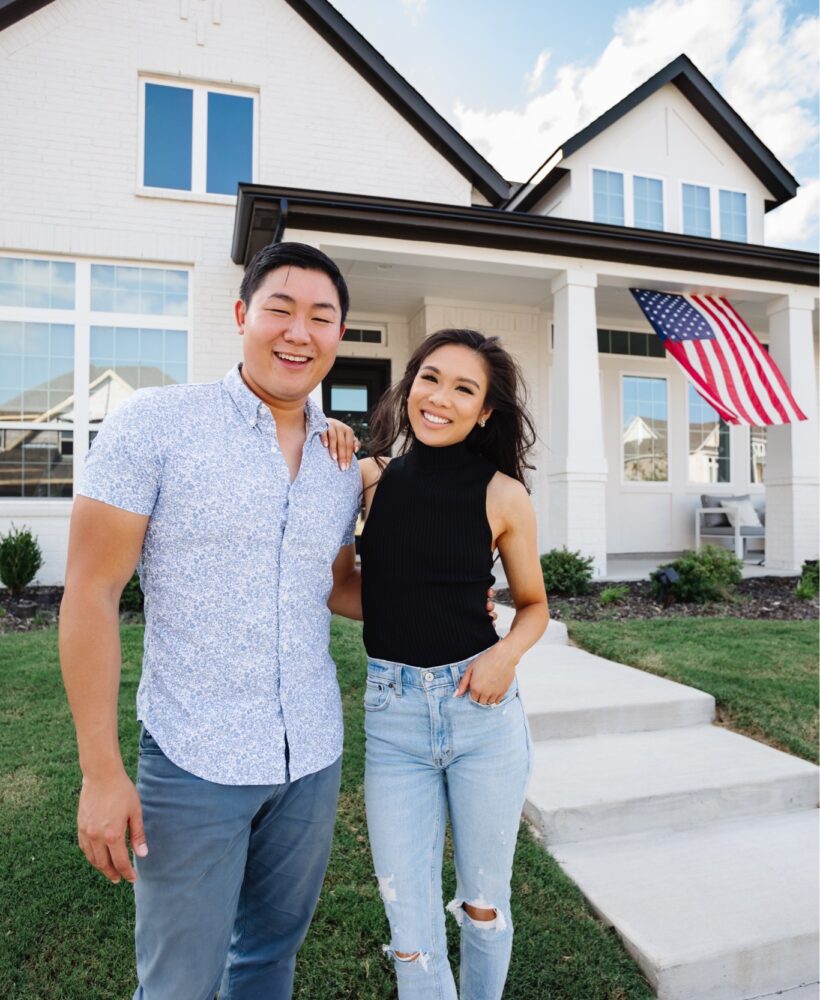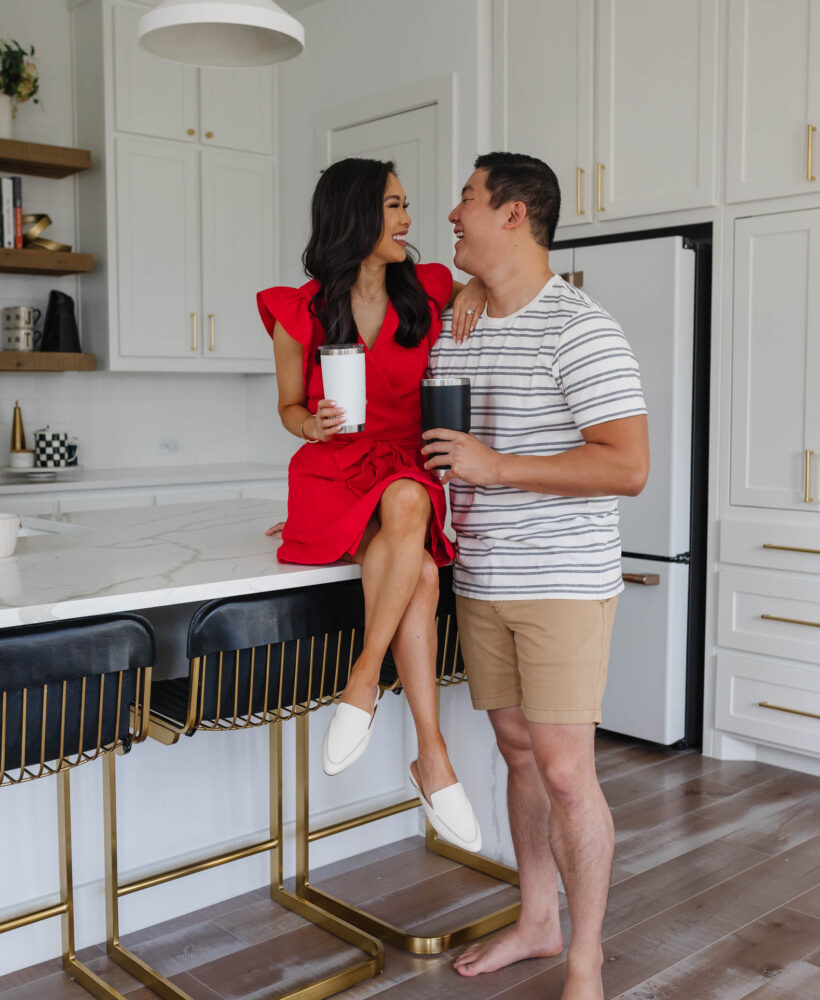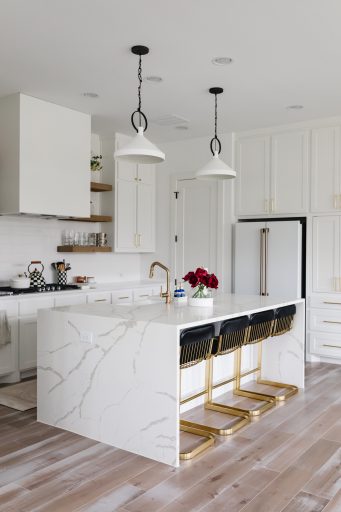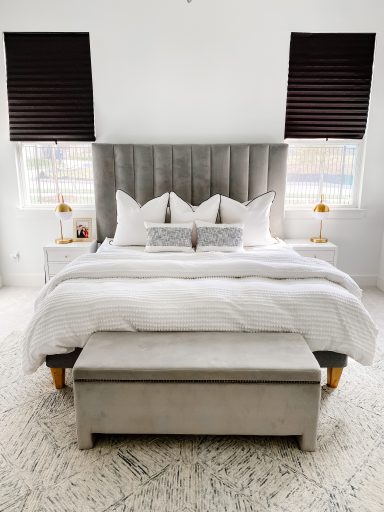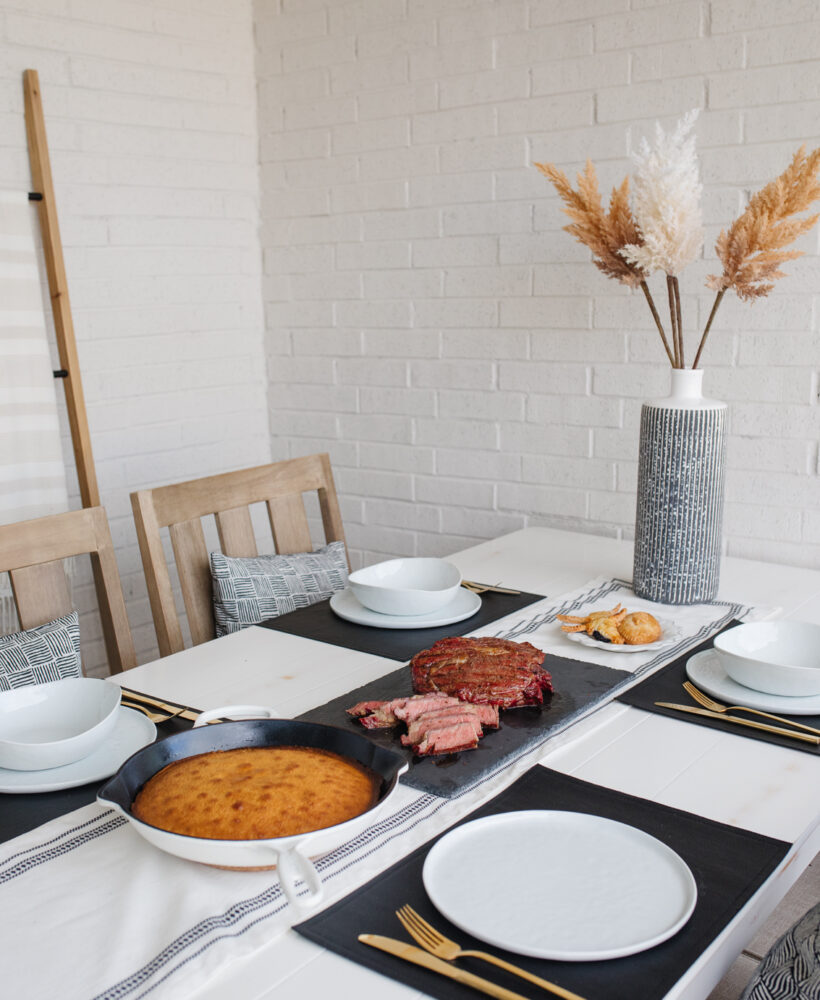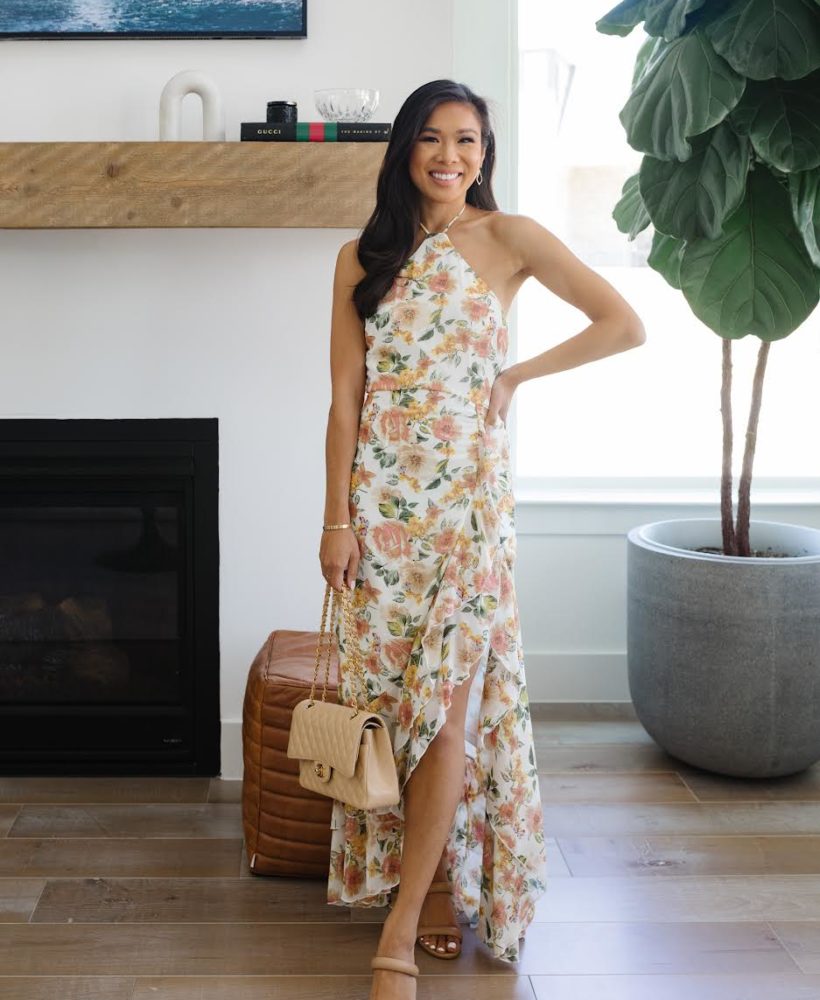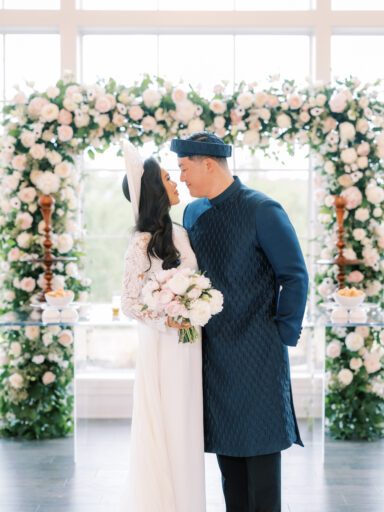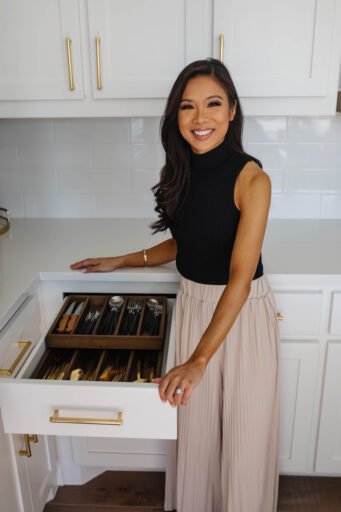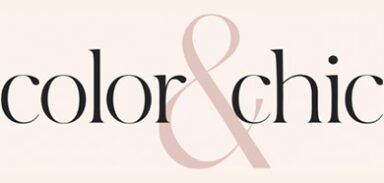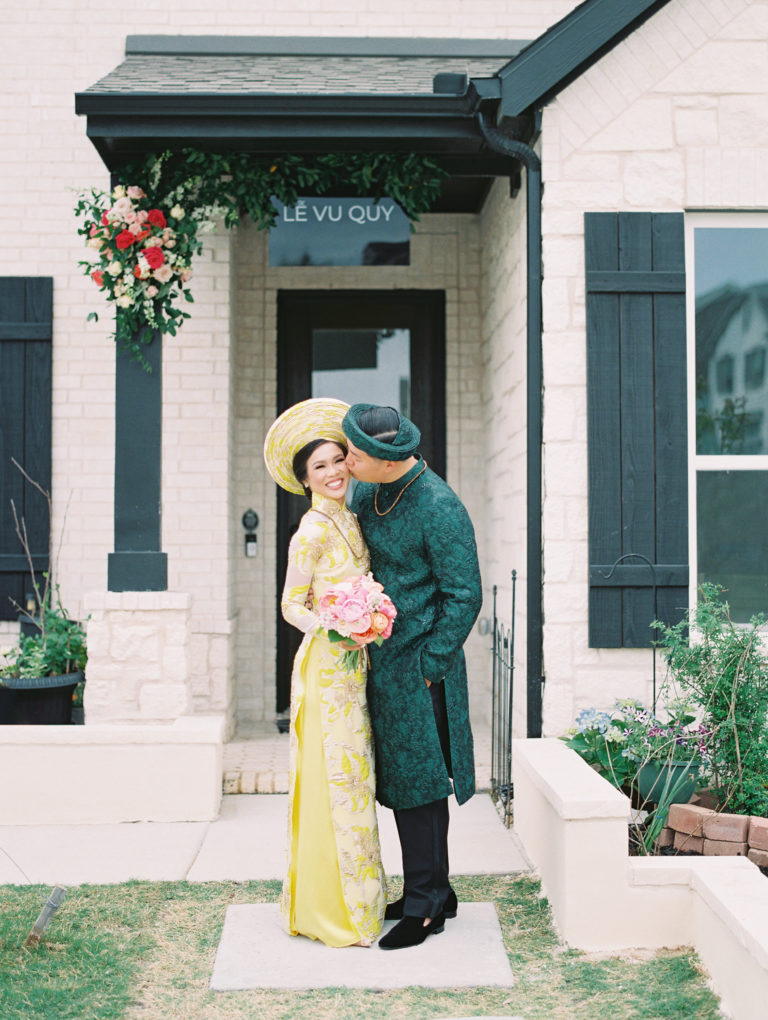
For those planning a wedding and looking to incorporate Vietnamese wedding traditions, there are a few important details to keep in mind. There are some “must-do’s” but at the same time, making sure something works for both families is just as important. I’m 100 percent Vietnamese and Johnny is half Vietnamese, half Taiwanese. We worked together with our families to come up with a plan for our wedding and while it was stressful, we are so grateful everyone came together to make it so special. While some of these Vietnamese wedding traditions may feel outdated or too ancestral to some, to us, it was so important considering our parents are refugees. We wanted to honor them, our culture, ancestors and where we came from.
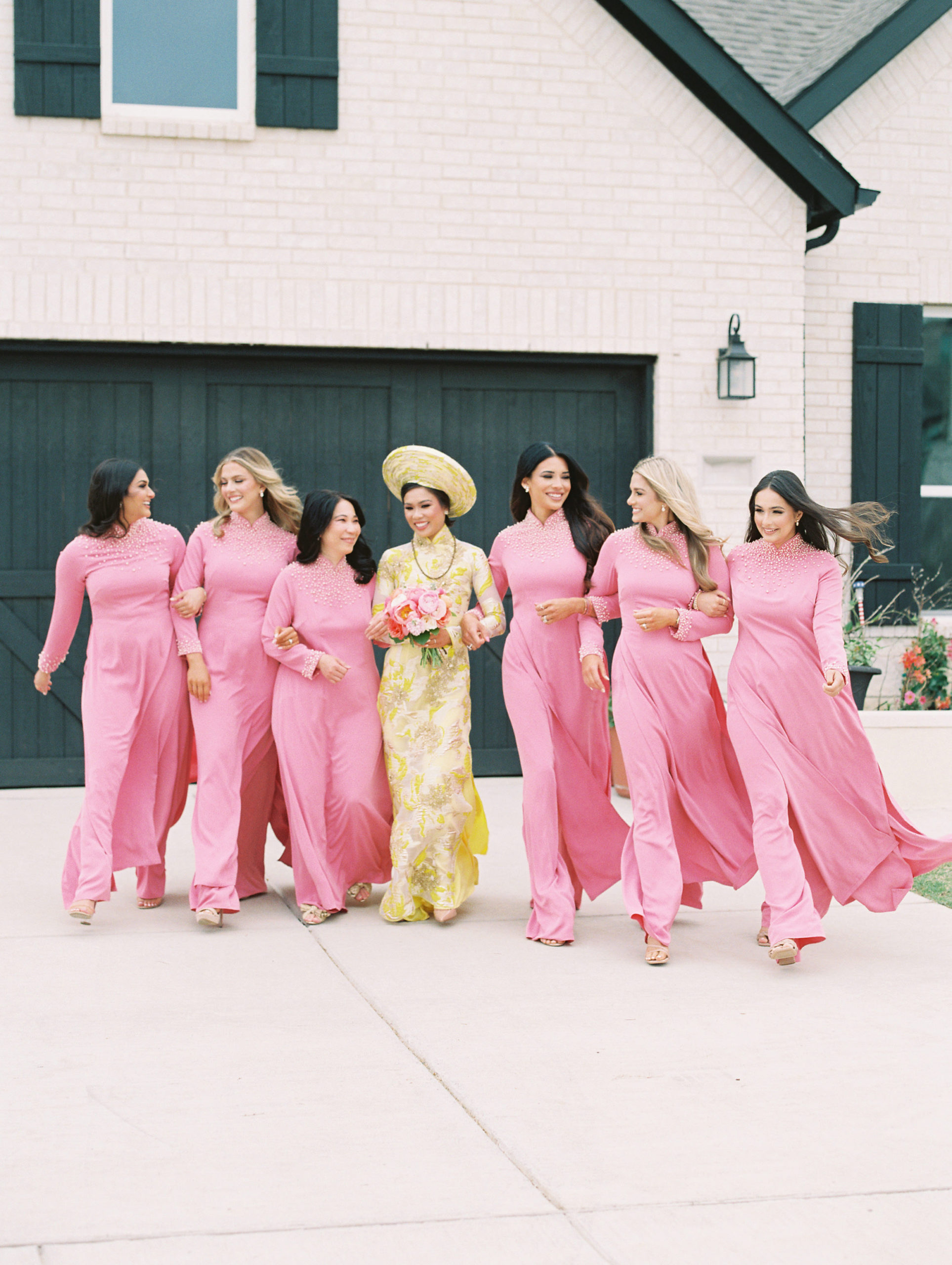

Choosing an Auspicious Date
Before we did anything else, my Mom looked into finding us an auspicious date. In Vietnamese culture, a lucky and meaningful date is key to starting a marriage off properly. A few things go into consideration: the couple’s birth dates, zodiac signs and what season they’d like to get married. Oddly enough, years ago, my Mom had said it would be lucky for us to either get married in 2020 or 2022! My Mom was able to get in touch with a few people to help her with a date, but a couple can also to a local temple, too.
Having a Dam Hoi also known as Engagement Party
In a way, the Dam Hoi is very similar to the actual wedding. Culturally, the elements are almost the same, but this will take place before the wedding. The groom and his family will present gifts to the bride’s family to ask for her hand in marriage. It’s also a way for both sides of the family to meet extended family members. You can read all about our Dam Hoi, what both families are responsible for and the process in this blog post here.

Le Ruoc Dau or the Wedding Processional
To make sure things wouldn’t feel rushed, we opted to do our Le Ruoc Dau on a Friday, followed by our traditional Buddhist Ceremony, rehearsal and rehearsal dinner. That way, we could all focus on the contemporary Buddhist Ceremony and reception at the venue Saturday. Traditionally, this would all take place on the same day, but since incorporating some aspects of American wedding cultures, it can get a little long.
Since we had an early morning start time (the ceremony officially started at 10 am!), Johnny’s Dad brought all of the mam qua with the gifts for my parents the night before. We used the same gold trays adorned with lace and pearls from our Dam Hoi. The trays Johnny’s family prepared for mine included a fruit display, moon cake, pandan rice cakes, money, wine and sticky rice. While it is traditional to include a full-roasted pig, since our families are Buddhist, we opted not to include this.

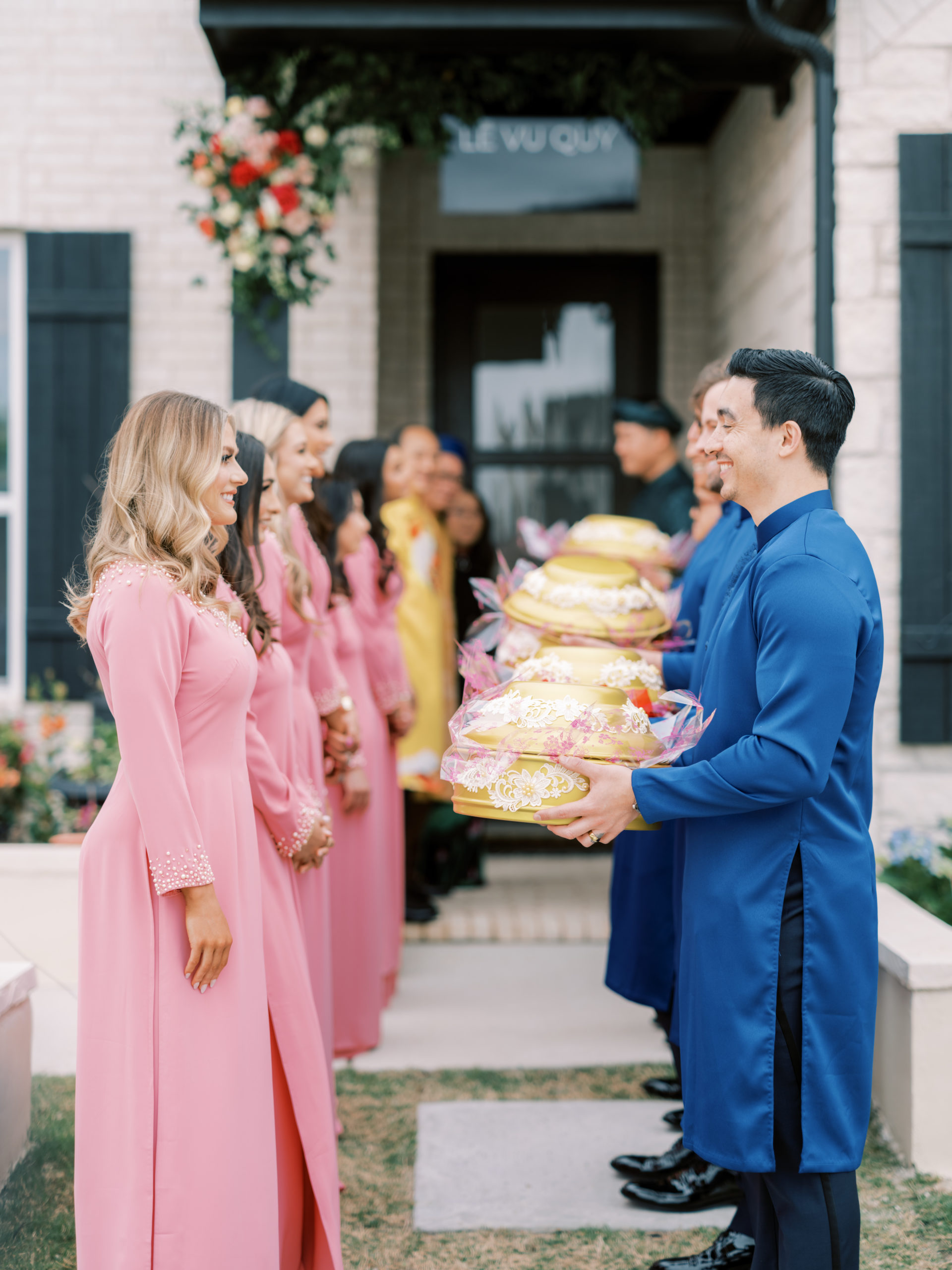
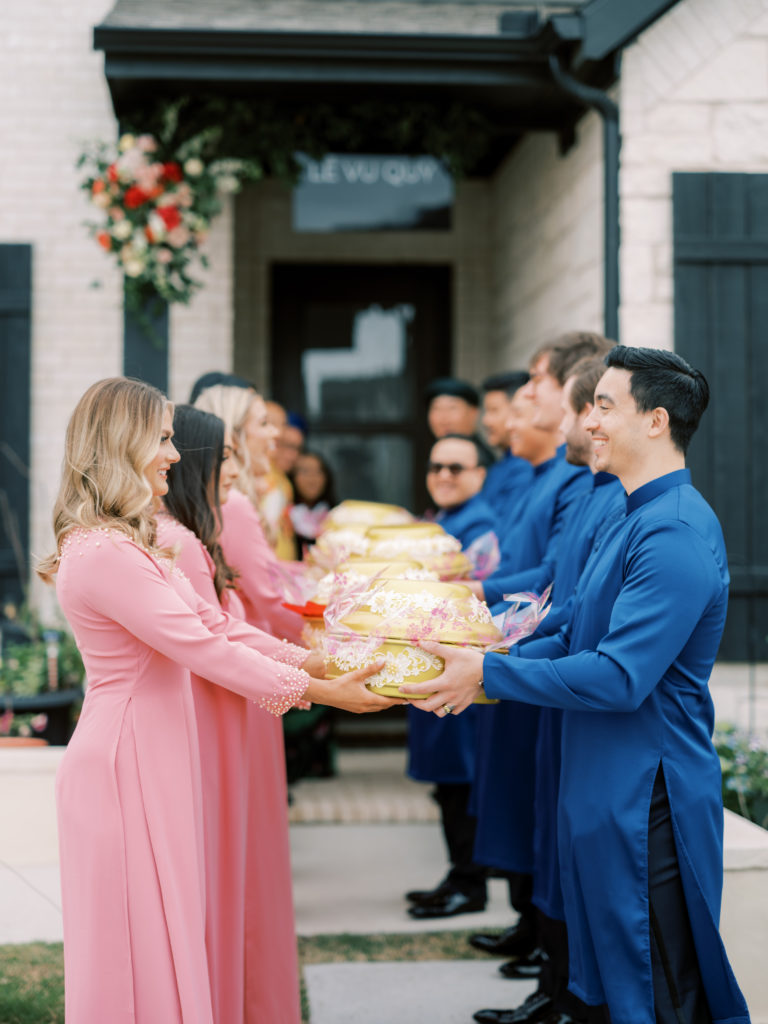
The processional starts with the parents’ of the groom, the groom will carry a bouquet for his bride along with a gift, followed by his groomsmen and any extended family members. We opted to only have immediate family for this Tea Ceremony since space can be tight at my parents’ house. Traditionally, the processional will walk from the groom’s parent’s home to the bride’s parent’s home. However, since we live just down the street, my bridesmaids and I got ready at my parents’ house (Bride’s side) and all of the groom’s side got ready at our house!
Similar to the Dam Hoi, my parents and bridesmaids were ready to greet the groom’s side outside. Johnny’s Dad greeted my parents and said he brought these gifts for them so Johnny could marry me on that day. Then the groomsmen pass the trays over to the bridesmaids. At this point, the bride’s parents will accept and welcome the groom’s side into the home. The bridesmaids place the trays on or by the altar.

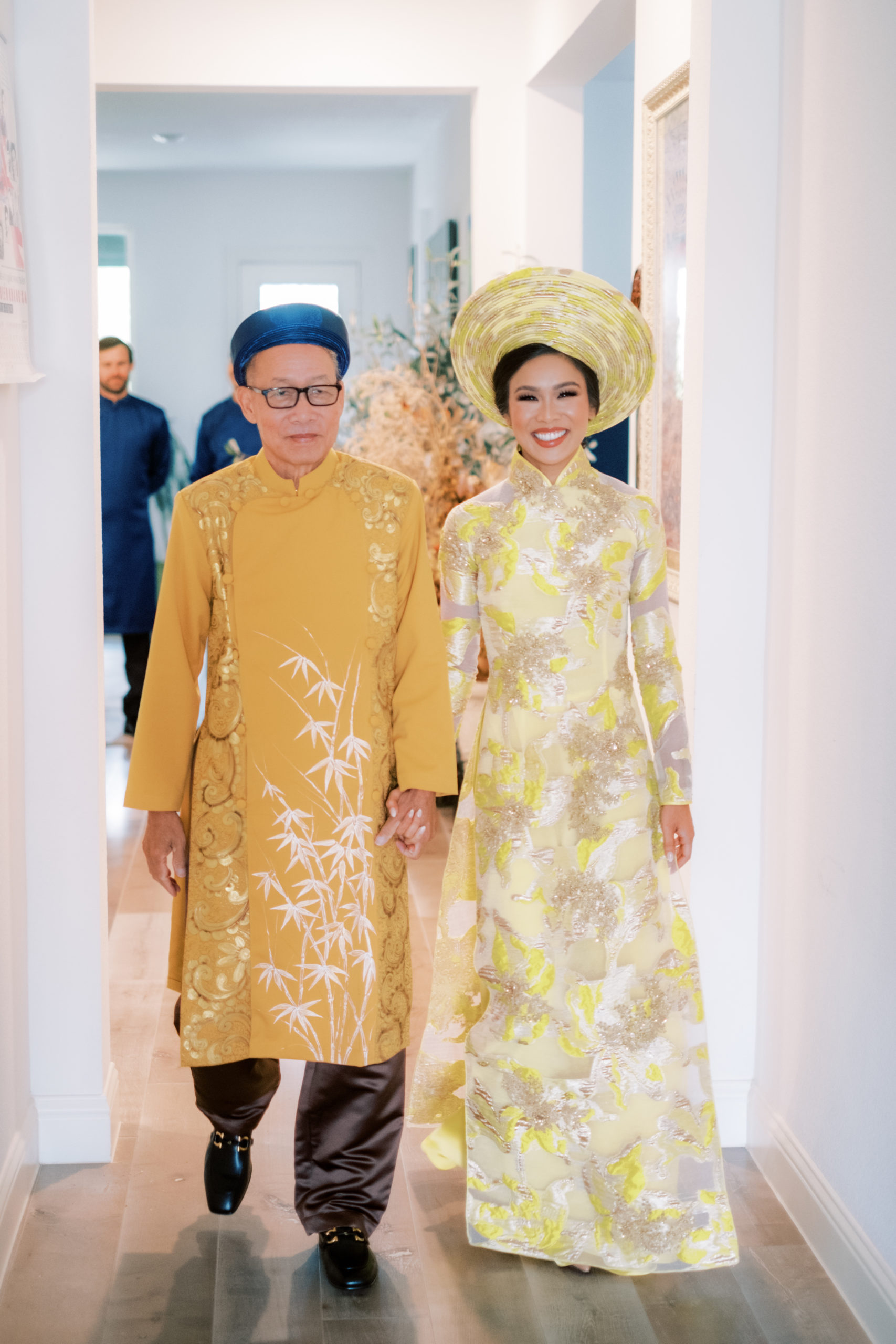
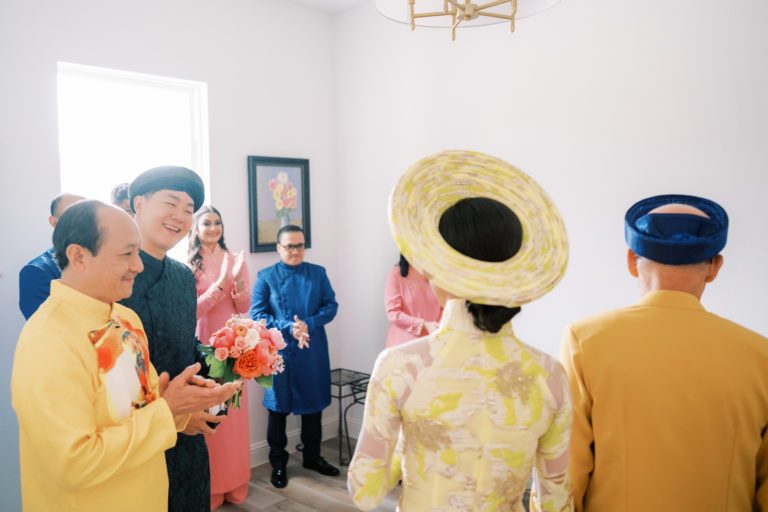
Once everyone is inside, a representative from the bride’s family, usually the Father, will say a short welcome speech. My Mom took over as head of the family and accepted the gifts and marriage. At that point, the Father of the Bride will escort the bride into the room with applause and the groom will hand her a bouquet of flowers and present her with gifts such as a necklace and/or earrings. Johnny also gave me a wedding band at this time.

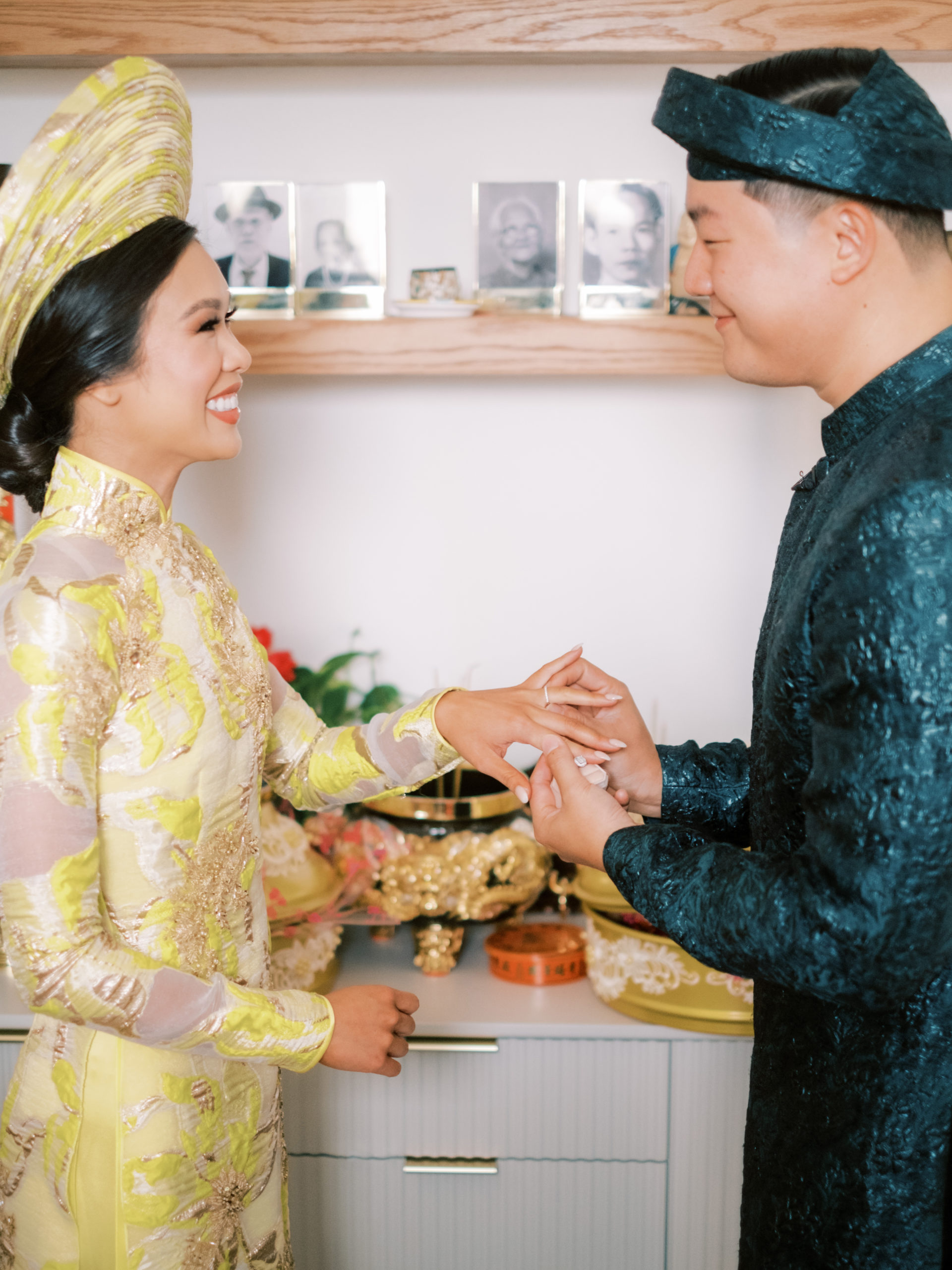
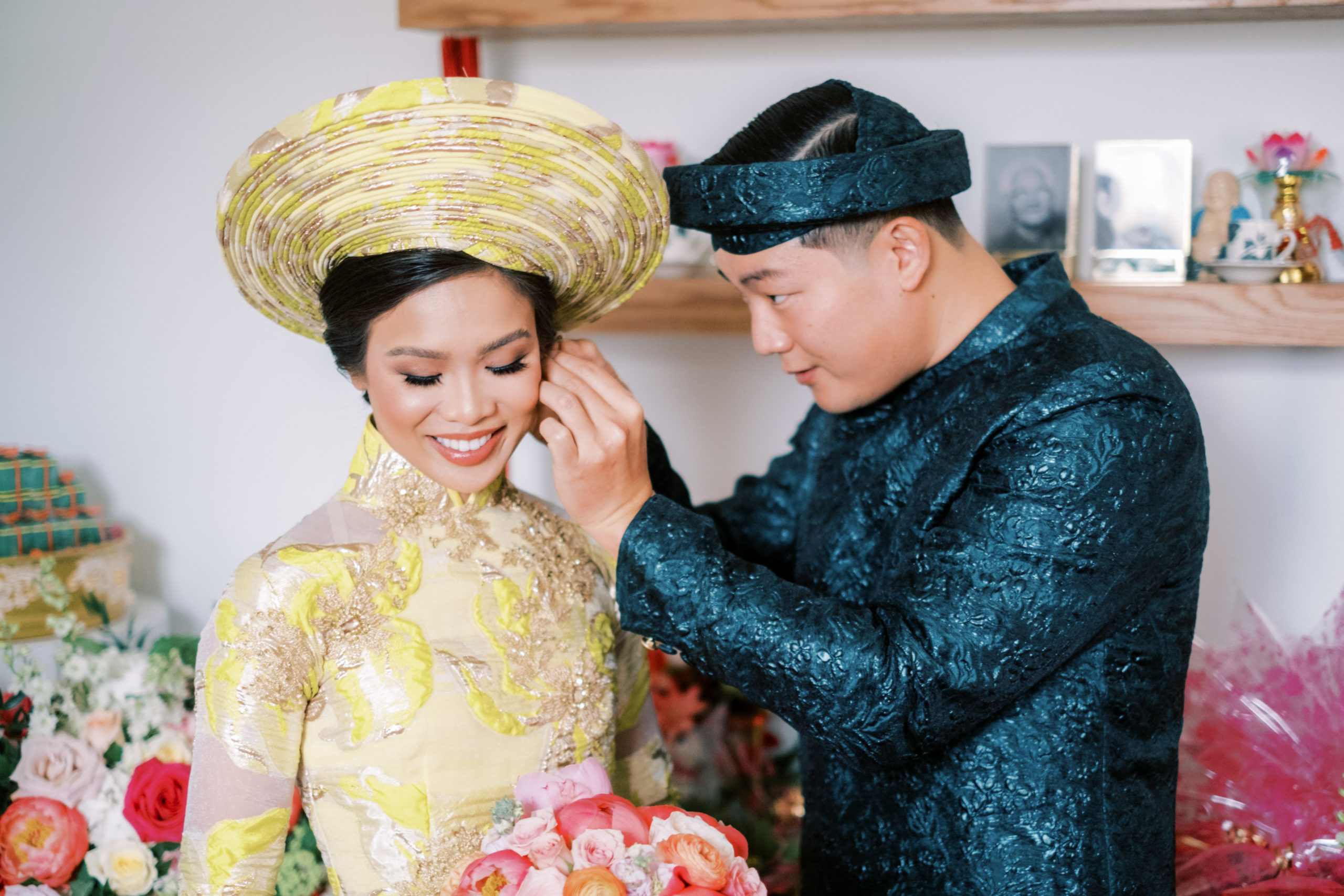
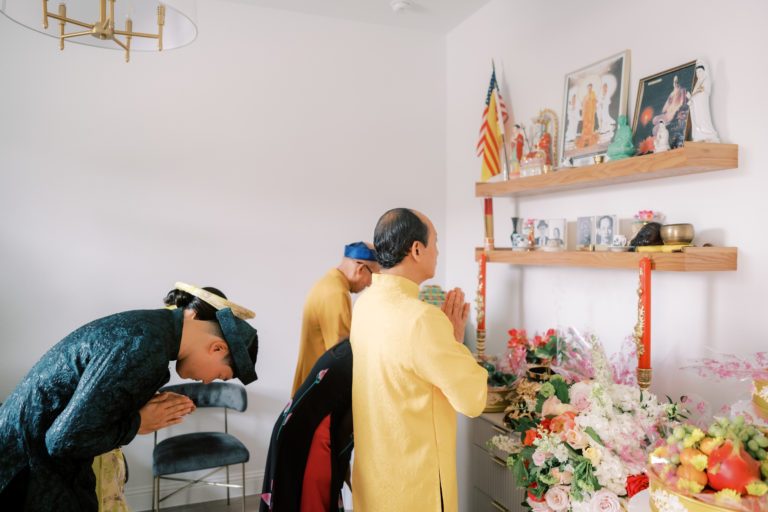
Praying at the Altar & Asking for Blessings
Once everyone is inside, the next portion of the wedding begins. This is when both families will pray and bow before the altar to ask for blessings for the couple. This is one of the Vietnamese wedding traditions you can’t skip because in our culture, ancestors and family lineage is very important so praying for these blessings is crucial.
Since we are Buddhist, we incorporated a few short Buddhist prayers here (since we were heading to temple next, no need for anything too long).
Afterward, we served our parents tea as part of the ceremony.
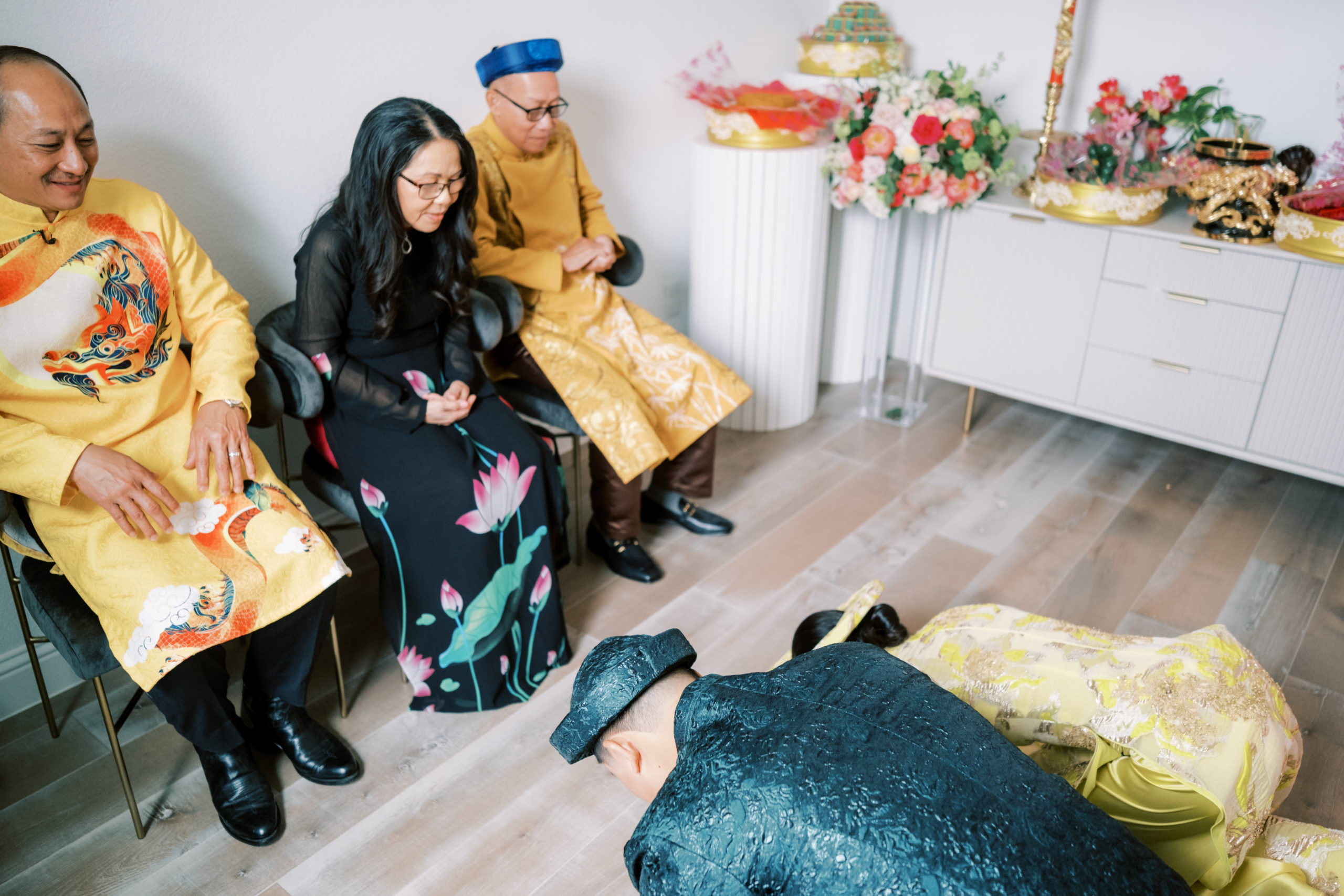
Bowing to Parents
In Vietnamese culture, your parents are extremely important. The sacrifices they make to raise you, mold you into who you are, nurture you and set you up for success is no easy feat. There is a Vietnamese song named, ?n Ngh?a Sinh Thành. Translated it means Gratitude for the Grace of Parents. In the song, the final lyrics are something almost all Vietnamese kids have heard:
U?ng n??c nh? ngu?n
Làm con ph?i hi?u
Công cha nh? núi Thái S?n
Ngh?a m? nh? n??c
Trong ngu?n ch?y ra…
In English, the lyrics say: when you drink water, remember the source. Being a child, you must remember filial piety. A Father’s effort as tall as Thai Son Mountain. A Mother’s love and meaning is like water flowing endlessly from its source.
As a couple embarks on the next stage in their life, marriage, it is important to pay respect and remember to honor their parents, as well as their in-laws. In Vietnamese culture, there are no “in-laws” as we call each other’s parents, Mom and Dad. By bowing to them and saying thank you, this is how we recognize their love, effort and sacrifice.
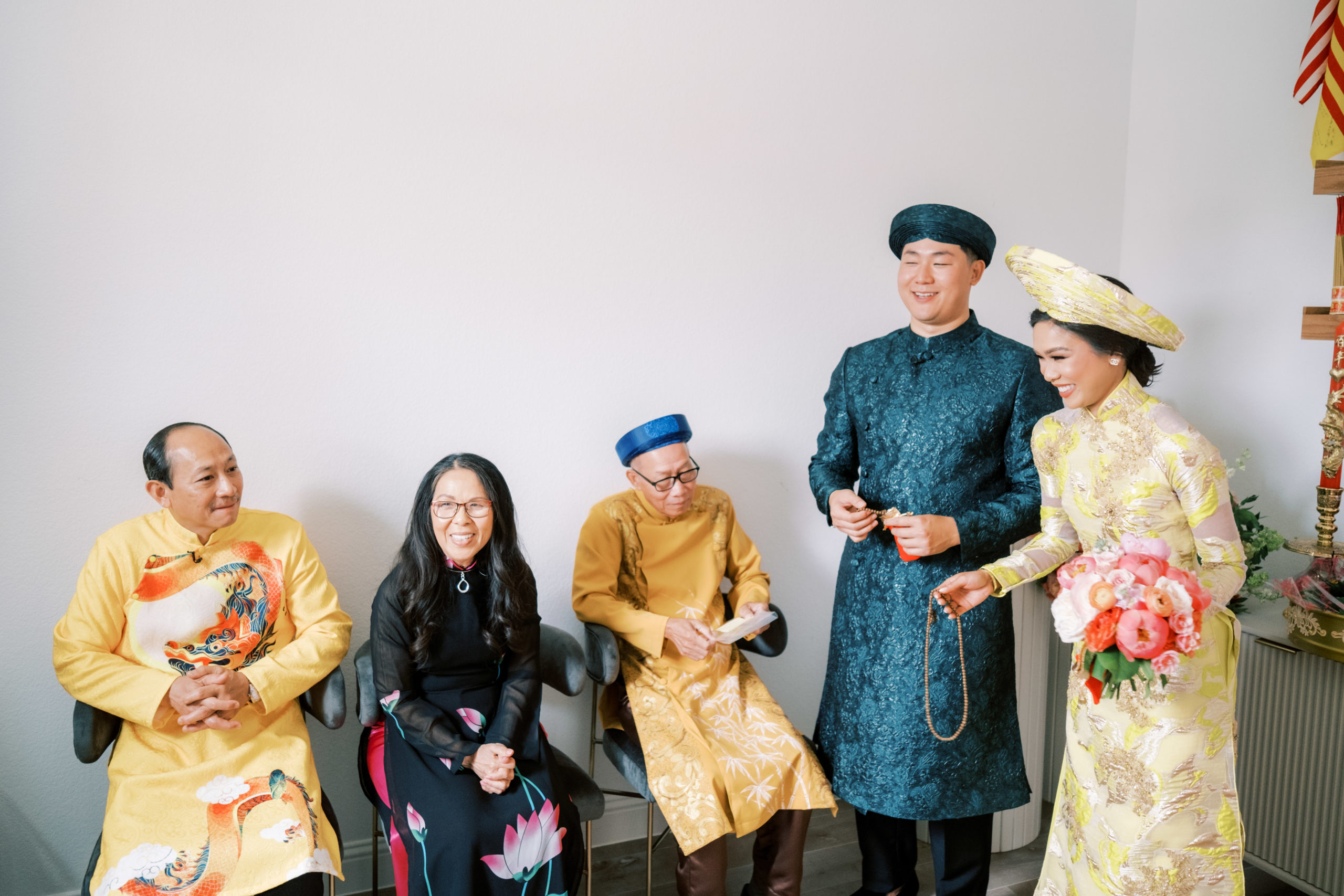
Gifts & Li Xi (Red Envelope)
During this time, if anyone in the family has gifts for the newlyweds, this would be the time to present them. If you’re a guest at a Vietnamese wedding and there’s a reception, that would be the time to gift the newlyweds a Li Xi or a Red Envelope.
In Asian culture, Red Envelopes for weddings are extremely important because there are two parts. The first is to help the newlyweds start their new life together with good fortune and financial stability. Generally speaking, the couple will either buy a house or start trying for kids soon, so the money is meant to help them kickstart that endeavor in good financial standing.
It is actually pretty common for couples to receive at least a total of 5-figures once their Red Envelopes are added up. The second is to essentially pay for your “meal” at the wedding so the couple doesn’t start their new life in debt.
If you’re choosing to take part in the Red Envelope, pay attention to a few etiquette rules: use new bills or a check and don’t forget to put your name on the envelope so the couple knows who the gift is from!
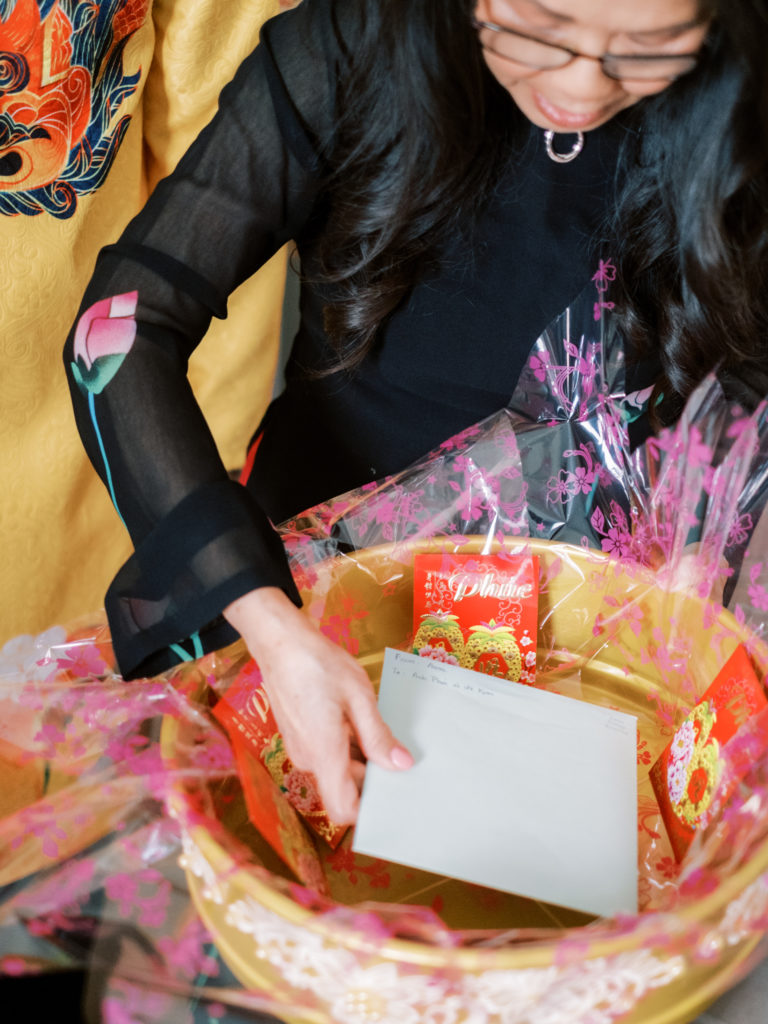
Auspicious Colors & Decor
One of the most common Vietnamese wedding traditions is including a lot of red and gold. It’s because these colors are considered lucky. Typically the bride will wear red or yellow and a lot of the decor will be in these colors as well.
Bright florals are also popular. We knew we would go more of the neutral route for our wedding Saturday so opted for bright, fun colors for Friday!
There are a few key pieces of decor, including a sign outside the bride’s parents’ home saying Le Vu Quy. This is different than the one we had from our Dam Hoi, which said Le Dinh Hon. I found a vendor on etsy who could make the sign using Vietnamese accents, which helped so much! I have more decor sources linked on my Dam Hoi post, as well.
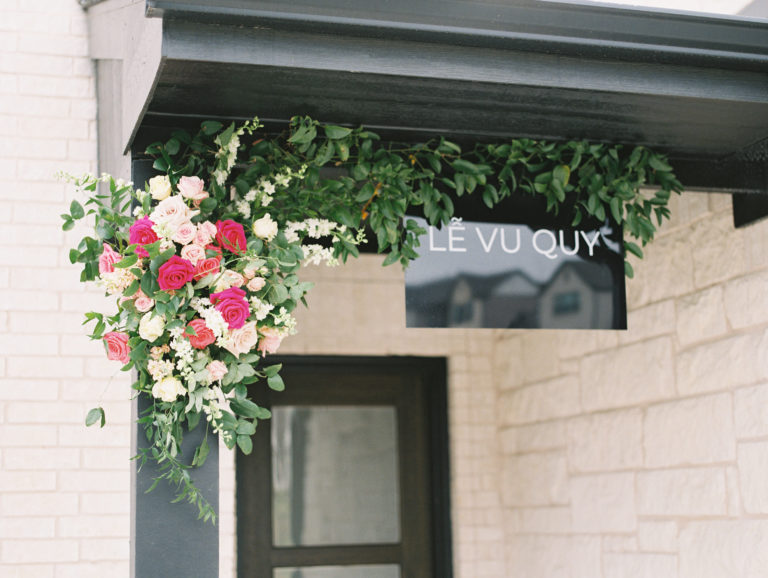

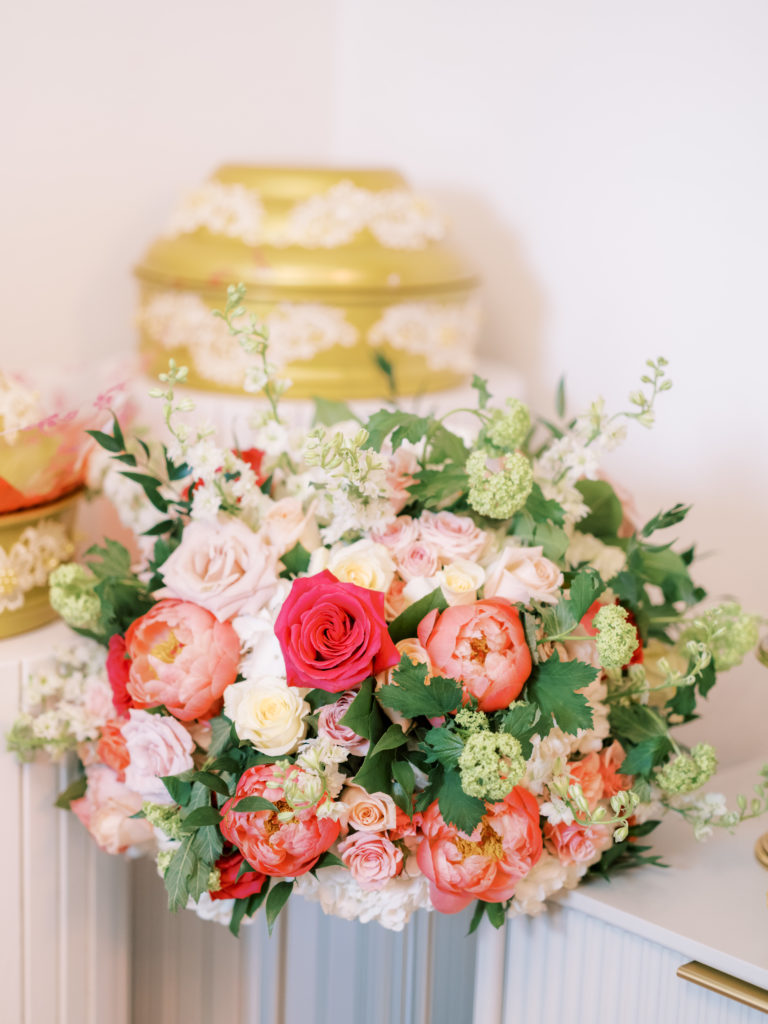

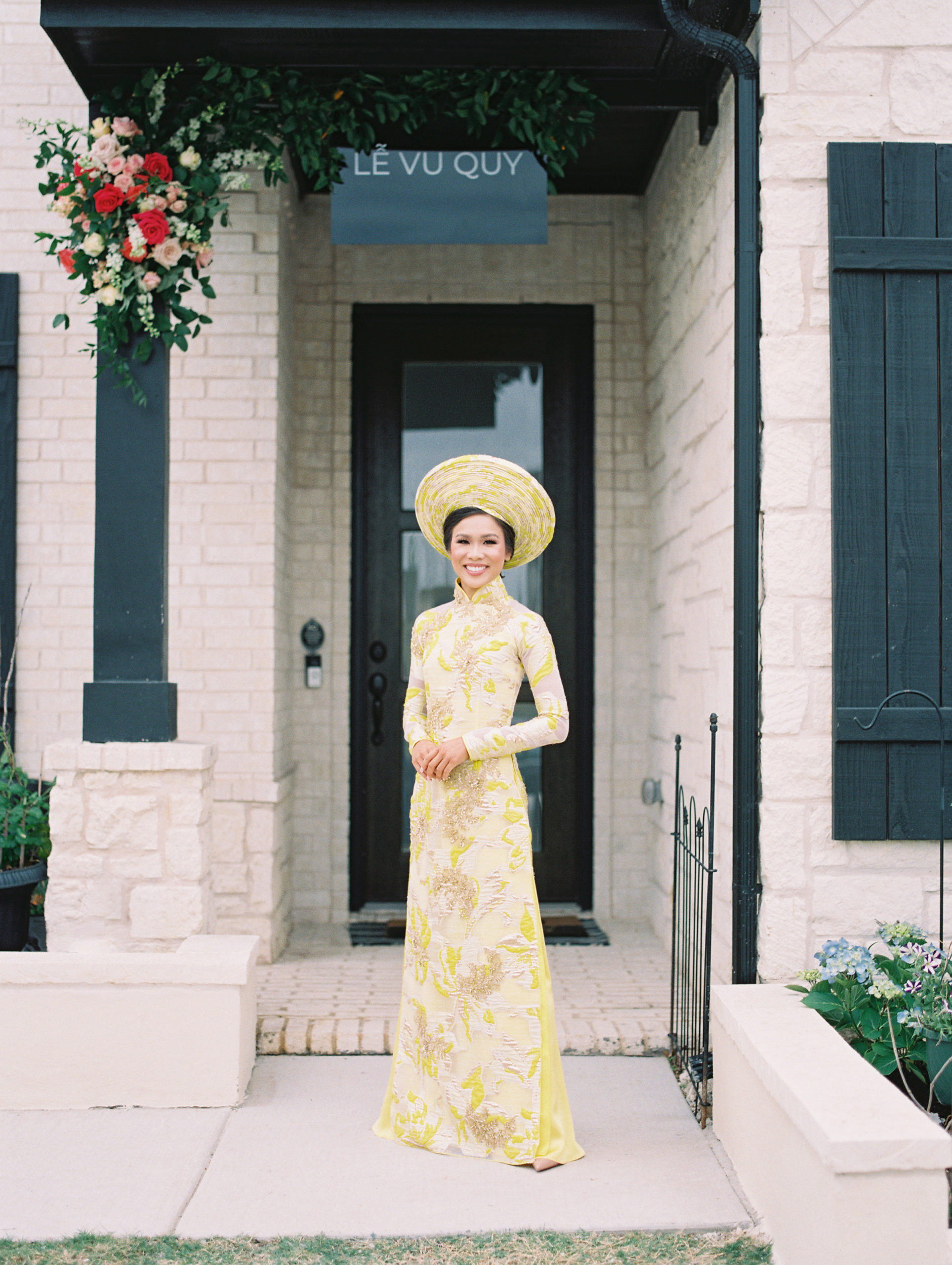
Traditional Attire
One of the most important Vietnamese wedding traditions would be to wear traditional attire. Both the bride and groom will wear one for the wedding ceremony taking place at the bride’s parents’ home, temple or chuch or the venue. Since we opted to have two different ceremonies on two days, we both got two different outfits. All four of them were custom-made by Thai Nguyen Atelier and we started the process a couple of months before our wedding.
Traditionally, the bride will wear red and the groom will wear blue. However, yellow is my favorite color and since I knew I would also wear this for our Buddhist Temple Ceremony, I loved the idea of yellow there, too. To coordinate, Johnny opted for an emerald green jacquard.

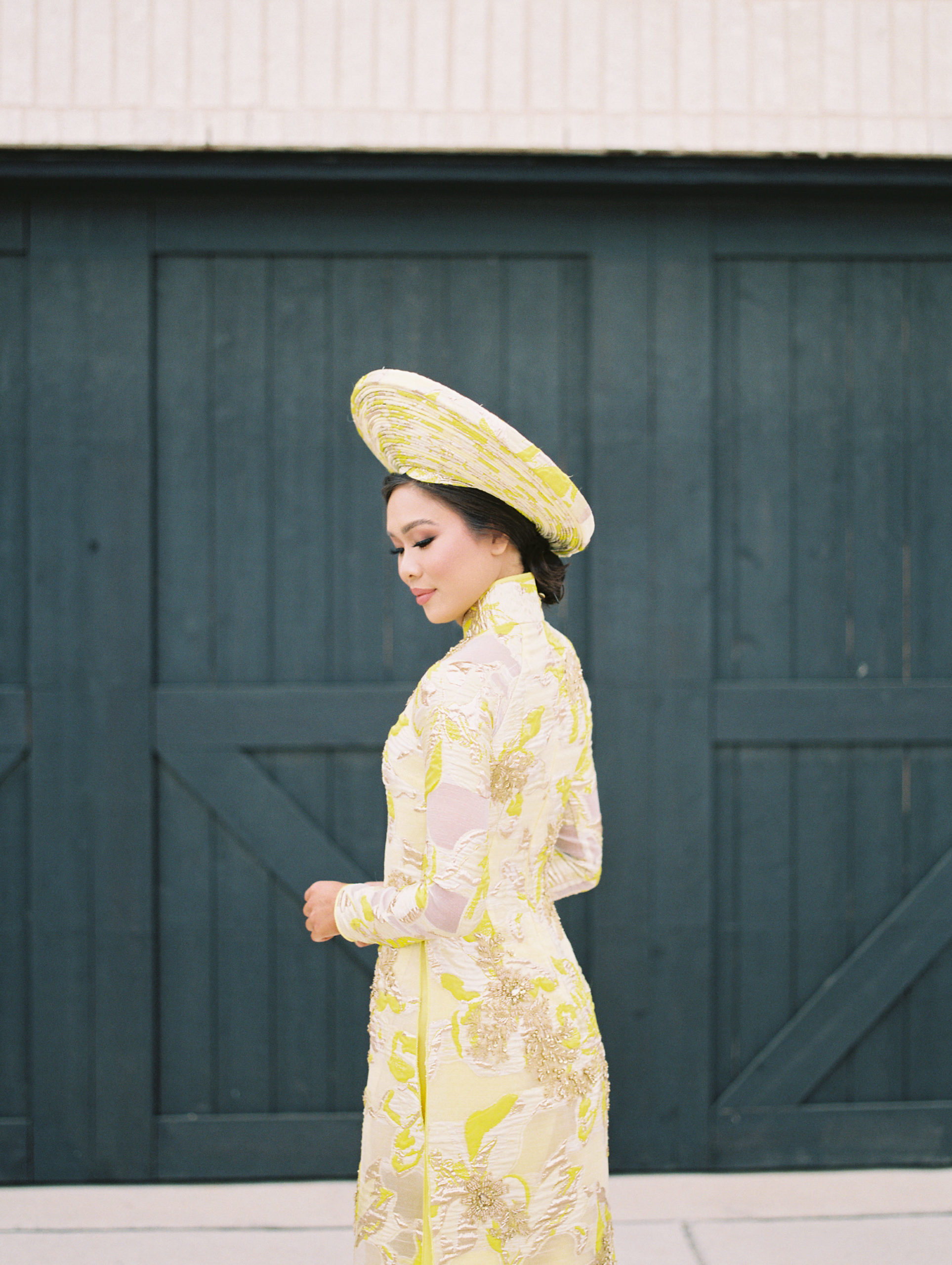
We wanted to go all out, so we went with the traditional high collar and we both had the traditional headdress, too. I love how they were made with the same fabric as our ao dai and matched perfectly. Funny story: since these were custom-made to my measurements when they arrived, I actually couldn’t get my hand through the sleeve of this ao dai. Since this jacquard material doesn’t stretch, it couldn’t accommodate my hand.
Fortunately, my older sister knows how to sew! She took the seam apart, ran to a local JoAnn’s to get matching thread and let it out ever so slightly. She stitched it back up and no one could tell the difference!

